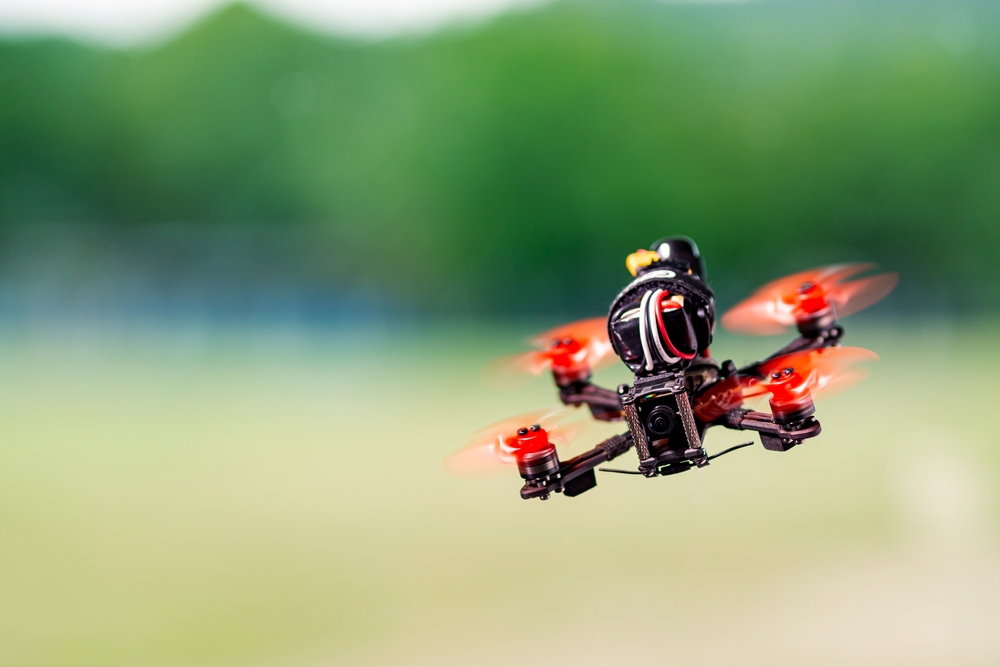Breaking New Ground: The Emergence and Rapid Growth of Drone Racing
The world of sports is constantly evolving, developing new and exciting ways for athletes to test the limits of their skills and abilities. One of the most recent and fascinating developments in the sporting universe is the rise of drone racing – a thrilling blend of high-tech machinery, precision, speed, and competition.

A Brief History of Drone Racing
What began as a hobby for tech enthusiasts has swiftly grown into a recognized sport, with competitive leagues, high-profile sponsors, and international championships. The first drone races were organized by hobbyists and technology enthusiasts around 2012. These early races were mostly informal gatherings in parks or open fields. The sport gained significant attention in 2015 when the first Drone Racing League (DRL) was formed. The inaugural season of DRL in 2016 was a landmark moment, putting drone racing on the global sports map.
Deep Dive into Drone Racing
Drone racing involves pilots operating high-speed drones, navigating them through complex three-dimensional courses at breakneck speeds. The drones, equipped with cameras, provide a live video feed to the pilots’ goggles, providing a first-person view (FPV) experience. This immersive experience, combined with the thrill of competition, has made drone racing a popular spectator sport.
The Appeal and Challenges of Drone Racing
The appeal of drone racing lies in the blend of physical and mental skills required. Pilots need excellent hand-eye coordination, quick reflexes, and a deep understanding of the technology involved. Additionally, the sport requires strategic thinking, as pilots must choose the best path through the course, balancing the need for speed with the risk of crashing.
However, drone racing also faces challenges. The cost of drones and related equipment can be high, potentially limiting participation. Furthermore, the sport requires significant technical skills, both in flying the drones and in maintaining and repairing them.
Real-World Applications and Impact
Beyond the competitive aspect, drone racing also has broader implications. It is promoting interest in science, technology, engineering, and mathematics (STEM) fields. Schools and educational programs are using drone racing as a tool to engage students in these areas.
Moreover, the technology and skills developed in drone racing are transferable to other areas. For instance, the FPV technology used in racing drones has potential applications in fields like search and rescue operations, wildlife conservation, and cinematography.
Concluding Thoughts
Drone racing represents a new frontier in the sports world. It combines elements of traditional sports—competition, skill, strategy—with modern technology, creating a unique and thrilling experience for both participants and spectators. As drone technology continues to evolve and become more accessible, the sport is likely to continue its rapid growth and development.
In the end, drone racing encapsulates the ever-evolving nature of sports. It’s a testament to how innovation, technology, and human skill can come together to create new and exciting forms of competition. It’s a sport that is not just about winning races, but also about pushing the boundaries of what is possible.




